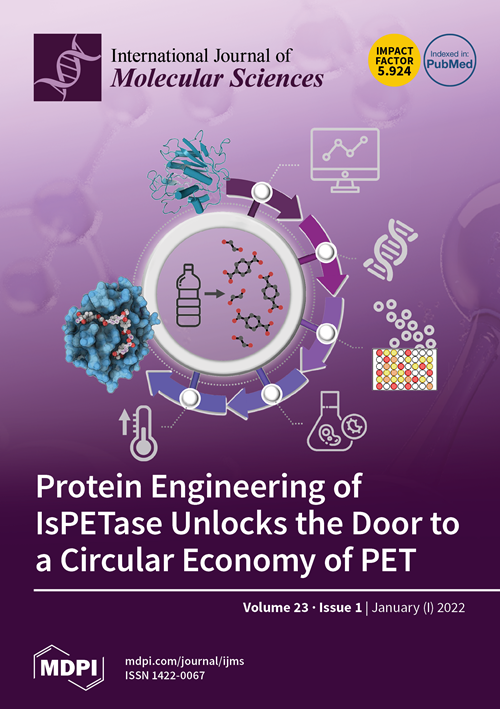Hallmarks for Thrombotic and Hemorrhagic Risks in Chronic Kidney Disease Patients
IF 4.9
2区 生物学
Q1 BIOCHEMISTRY & MOLECULAR BIOLOGY
引用次数: 0
Abstract
Chronic kidney disease (CKD) is a global health issue causing a significant health burden. CKD patients develop thrombotic and hemorrhagic complications, and cardiovascular diseases are associated with increased hospitalization and mortality in this population. The hemostatic alterations are multifactorial in these patients; therefore, the results of different studies are varying and controversial. Endothelial and platelet dysfunction, coagulation abnormalities, comorbidities, and hemoincompatibility of the dialysis membranes are major contributors of hypo- and hypercoagulability in CKD patients. Due to the tendency of CKD patients to exhibit a prothrombotic state and bleeding risk, they require personalized clinical assessment to understand the impact of antithrombotic therapy. The evidence of efficacy and safety of antiplatelet and anticoagulant treatments is limited for end-stage renal disease patients due to their exclusion from major randomized clinical trials. Moreover, designing hemocompatible dialyzer membranes could be a suitable approach to reduce platelet activation, coagulopathy, and thrombus formation. This review discusses the molecular mechanisms underlying thrombotic and hemorrhagic risk in patients with CKD, leading to cardiovascular complications in these patients, as well as the evidence and guidance for promising approaches to optimal therapeutic management.慢性肾病患者血栓形成和出血风险的特征
慢性肾脏病(CKD)是一个全球性的健康问题,对健康造成了巨大的负担。慢性肾脏病患者会出现血栓性和出血性并发症,心血管疾病与该人群住院率和死亡率的增加有关。这些患者的止血改变是多因素的,因此,不同研究的结果各不相同且存在争议。内皮和血小板功能障碍、凝血异常、合并症以及透析膜的血液相容性是导致慢性肾脏病患者低凝和高凝的主要原因。由于慢性肾脏病患者容易出现血栓前状态和出血风险,因此需要对他们进行个性化的临床评估,以了解抗血栓治疗的影响。由于末期肾病患者被排除在主要的随机临床试验之外,因此抗血小板和抗凝治疗的有效性和安全性证据对他们来说非常有限。此外,设计血液相容的透析膜可能是减少血小板活化、凝血病变和血栓形成的合适方法。本综述讨论了导致慢性肾脏病患者心血管并发症的血栓和出血风险的分子机制,以及最佳治疗方法的证据和指导。
本文章由计算机程序翻译,如有差异,请以英文原文为准。
求助全文
约1分钟内获得全文
求助全文
来源期刊

International Journal of Molecular Sciences
Chemistry-Organic Chemistry
CiteScore
8.10
自引率
10.70%
发文量
13472
审稿时长
17.49 days
期刊介绍:
The International Journal of Molecular Sciences (ISSN 1422-0067) provides an advanced forum for chemistry, molecular physics (chemical physics and physical chemistry) and molecular biology. It publishes research articles, reviews, communications and short notes. Our aim is to encourage scientists to publish their theoretical and experimental results in as much detail as possible. Therefore, there is no restriction on the length of the papers or the number of electronics supplementary files. For articles with computational results, the full experimental details must be provided so that the results can be reproduced. Electronic files regarding the full details of the calculation and experimental procedure, if unable to be published in a normal way, can be deposited as supplementary material (including animated pictures, videos, interactive Excel sheets, software executables and others).
 求助内容:
求助内容: 应助结果提醒方式:
应助结果提醒方式:


